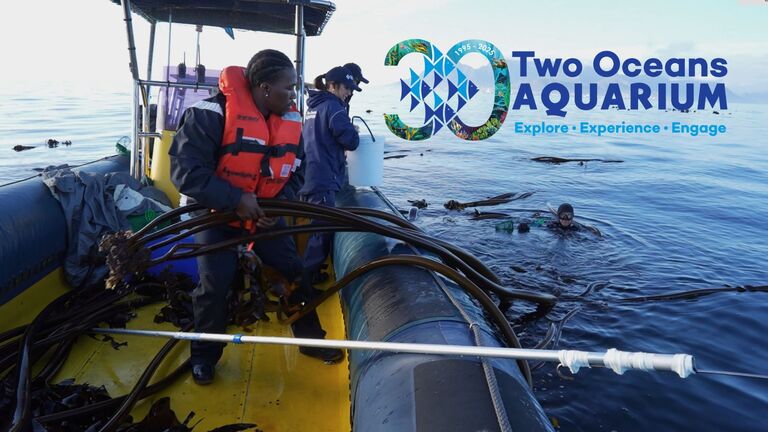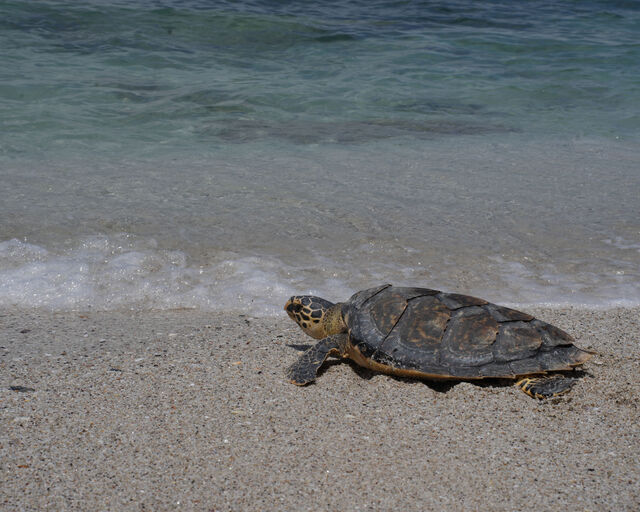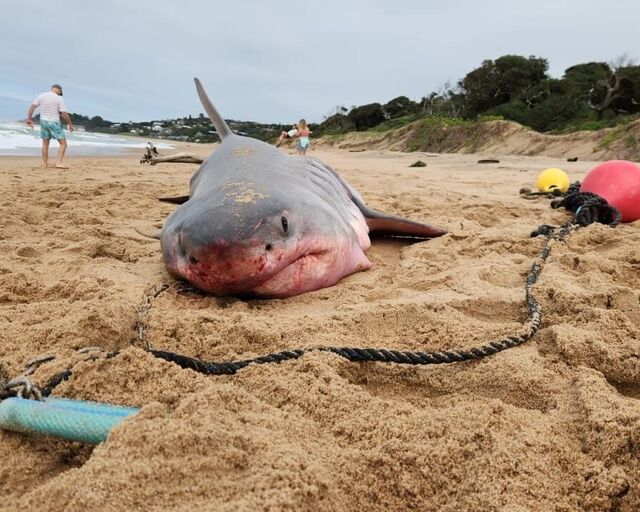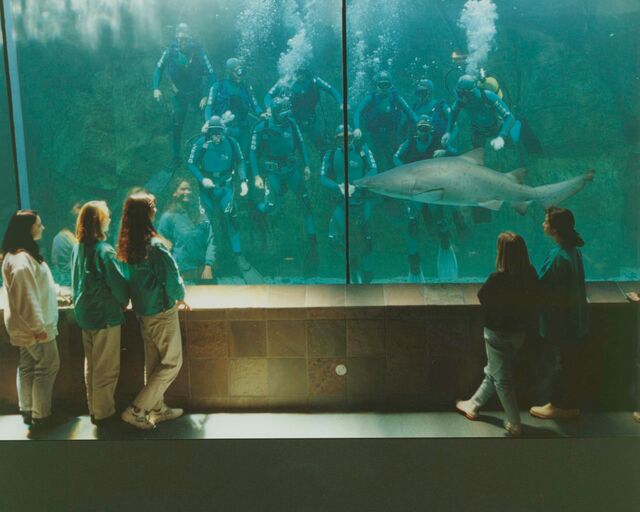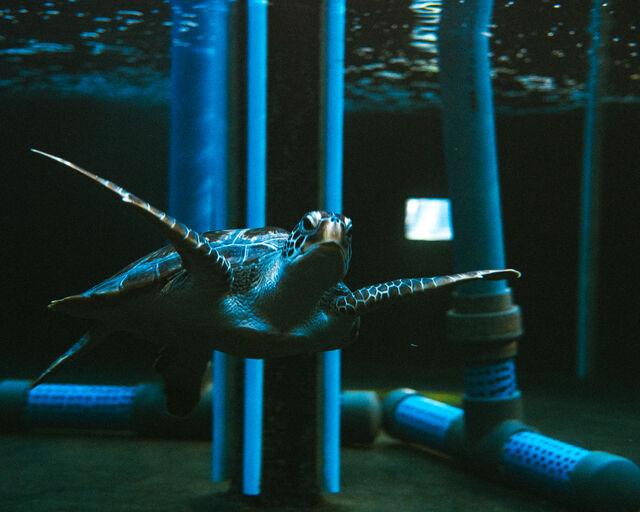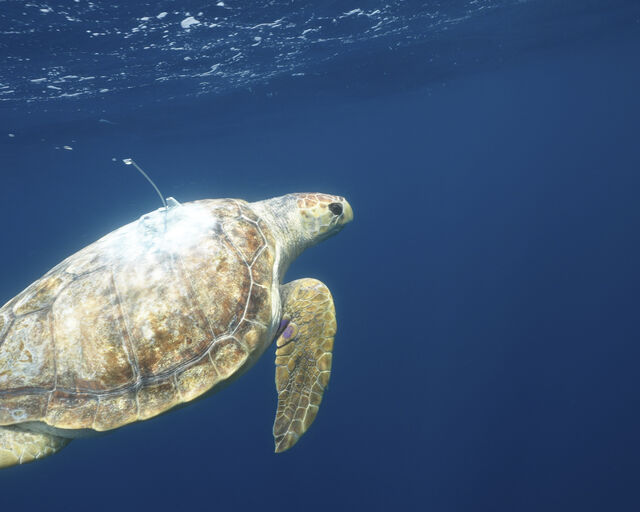Where does the Two Oceans Aquarium's kelp forest come from?
For three decades, the Kelp Forest Exhibit has stood as a living, breathing symbol of the Two Oceans Aquarium’s dedication to ocean conservation, marine education, and awe-inspiring natural beauty. This iconic exhibit is more than just a glimpse into South Africa’s underwater forests; it’s the result of thoughtful collection, sustainable practices, and expert care. From harvesting kelp in the wild ocean forests to its careful transport and delicate placement in the exhibit, every step of the journey reflects our deep respect for marine life and the dedicated team working behind the scenes.
Let's look at the step-by-step process of kelp collecting...
Roughly every two months, the Two Oceans Aquarium's Collections team embarks on a kelp collection trip to refresh the Kelp Forest Exhibit. Typically, these days start early in the morning - the team, comprising at least two scuba divers, a "dry team" to haul kelp onto the boat, and a skipper, departs for Robben Island at around 08h00.
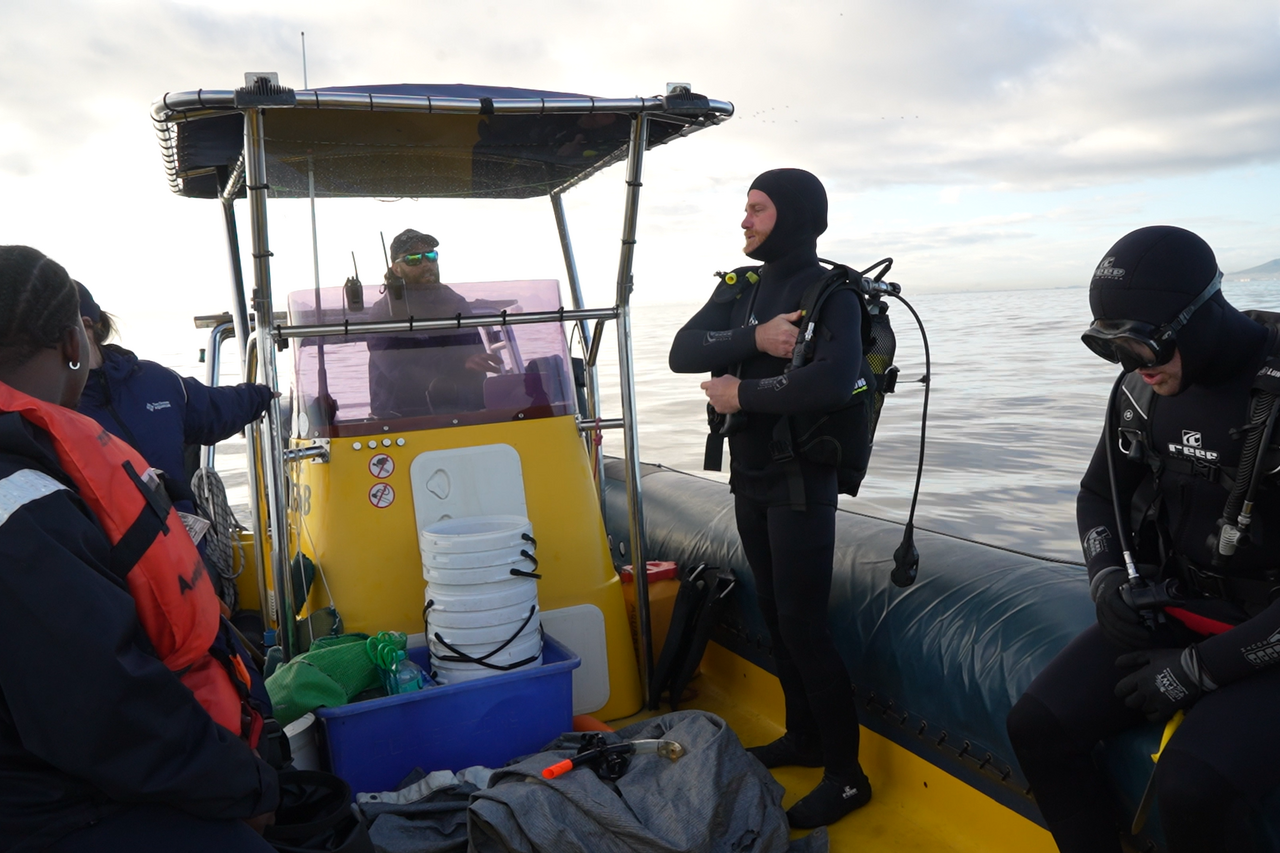
Once the team has arrived at a suitable spot amongst the kelp forests near Robben Island, the divers don their scuba gear and enter the water. They are equipped with sharp knives that they use to carefully cut the kelp holdfasts.
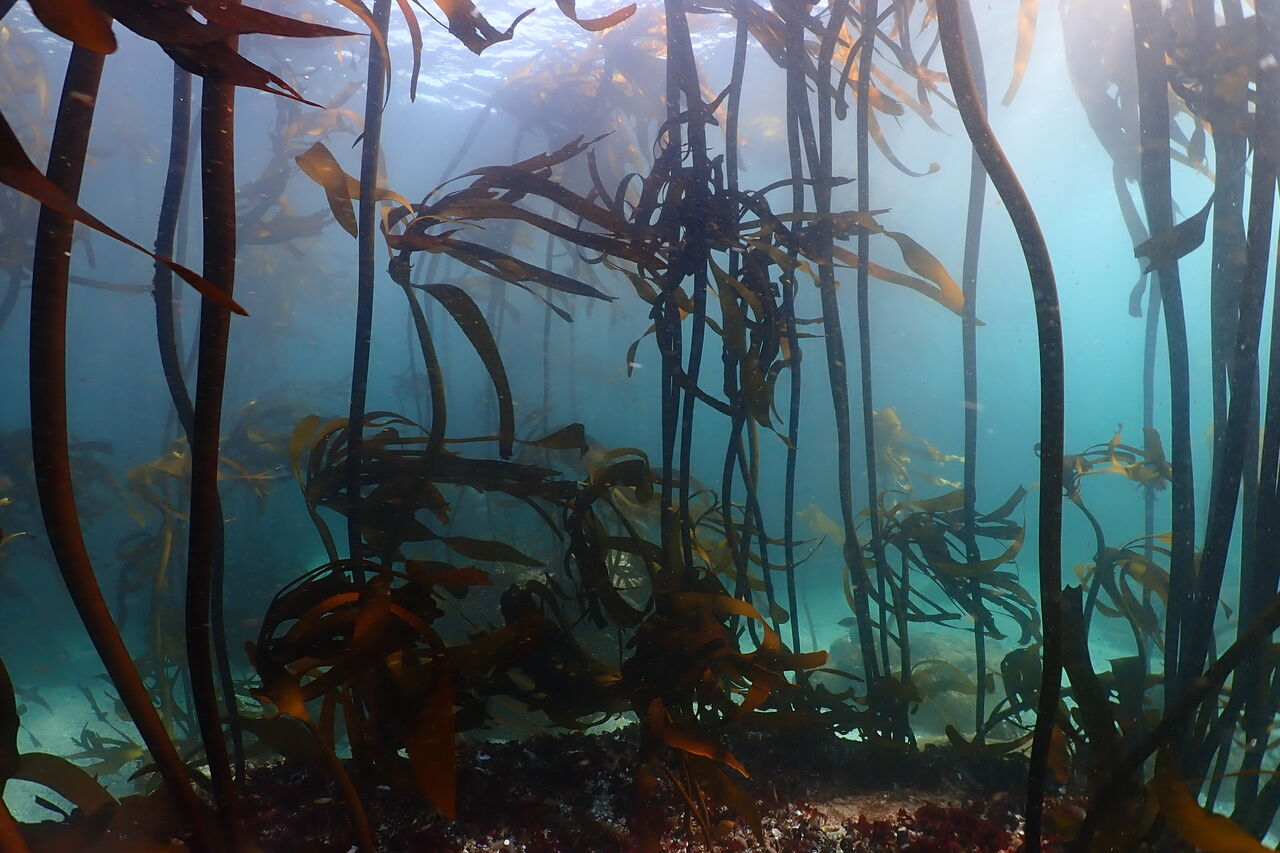
Once underwater, the team selects kelp plants based on their size and health. The Aquarist in charge of the Kelp Forest Exhibit, Yolanda Viljoen, would have briefed the divers regarding the exhibit's current capacity and needs - for example, some collection trips may aim for smaller, shorter kelp, while a full refresh may be required on other occasions.
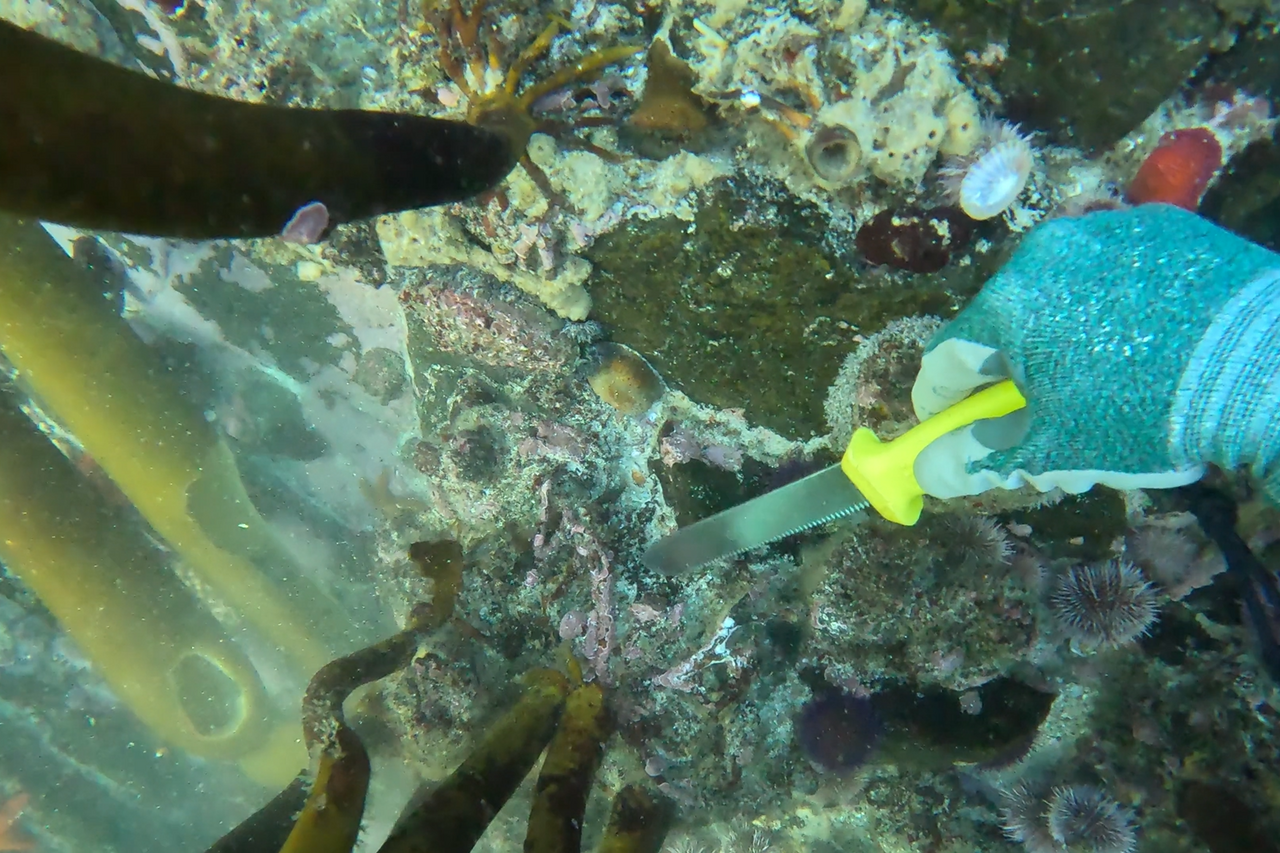
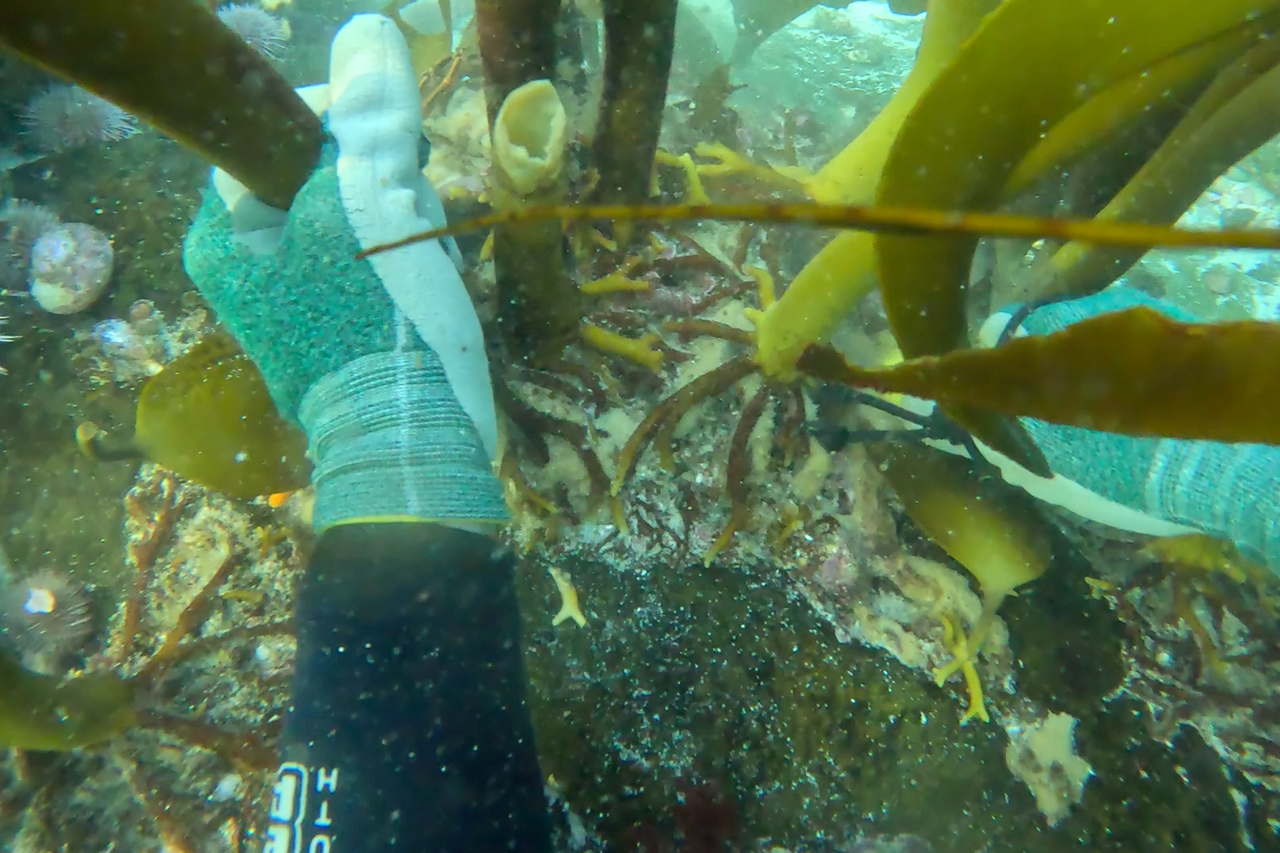
The team carefully cuts each kelp at the holdfast, which acts as the natural "root" of the kelp organism. Later, when the kelp is placed on exhibit, the holdfast is used to anchor the kelp to the rocks. Once the kelp is cut, the aerated gas bladder at the top of the organism helps it to float to the surface.
The team leaves the kelp floating at the surface as they continue to work underwater. This is because it will dry out if it is placed on the boat too soon - it needs to stay wet for as long as possible.
Once the team is happy with the volume of kelp collected, they begin the process of loading it onto the boat. The divers swim many of the pieces closer to the dry team, who draw the kelp onto the boat with hooked poles.
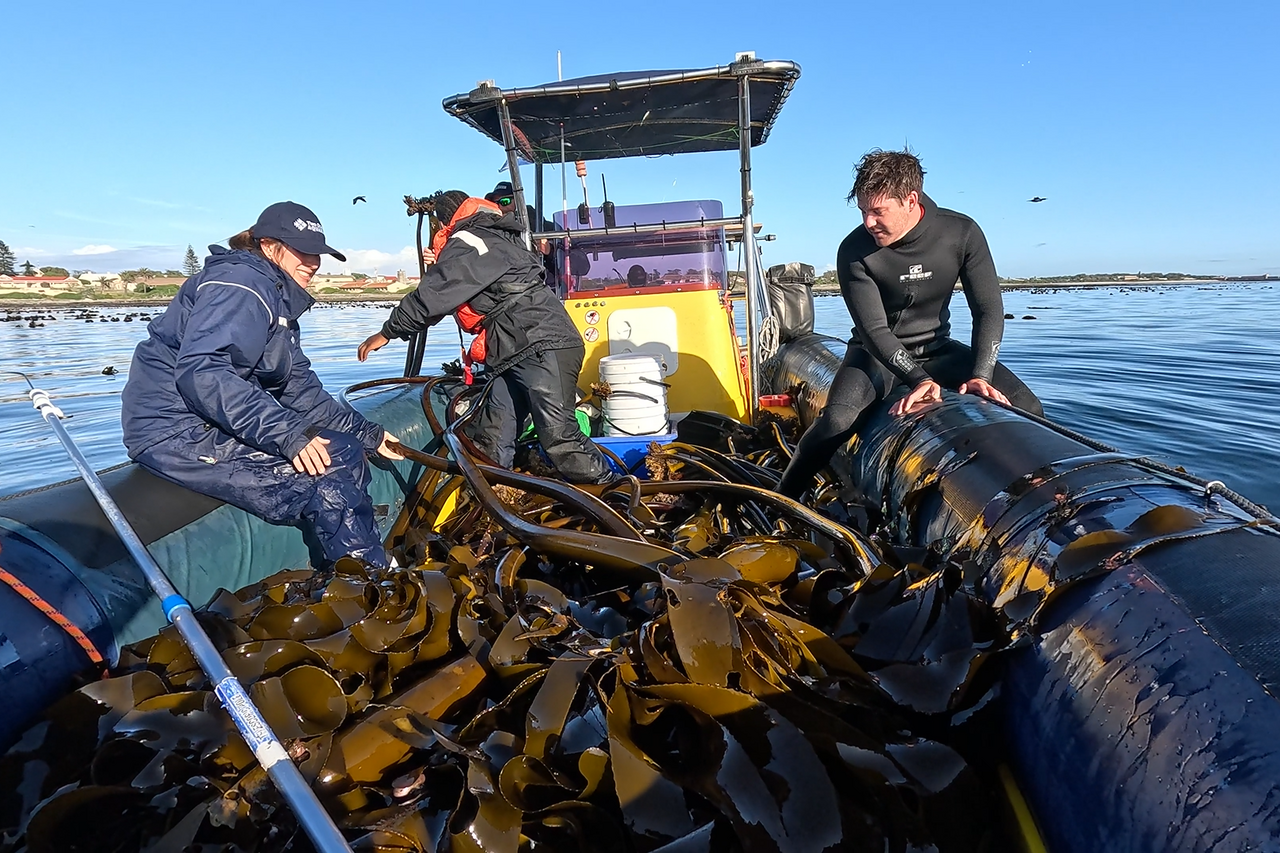
The kelp is pulled onto the boat, where it is carefully arranged with the holdfasts on one end and the fronds on the other.
The team covers the kelp with a moist tarpaulin to keep it as hydrated as possible, and the journey back to the Aquarium begins.
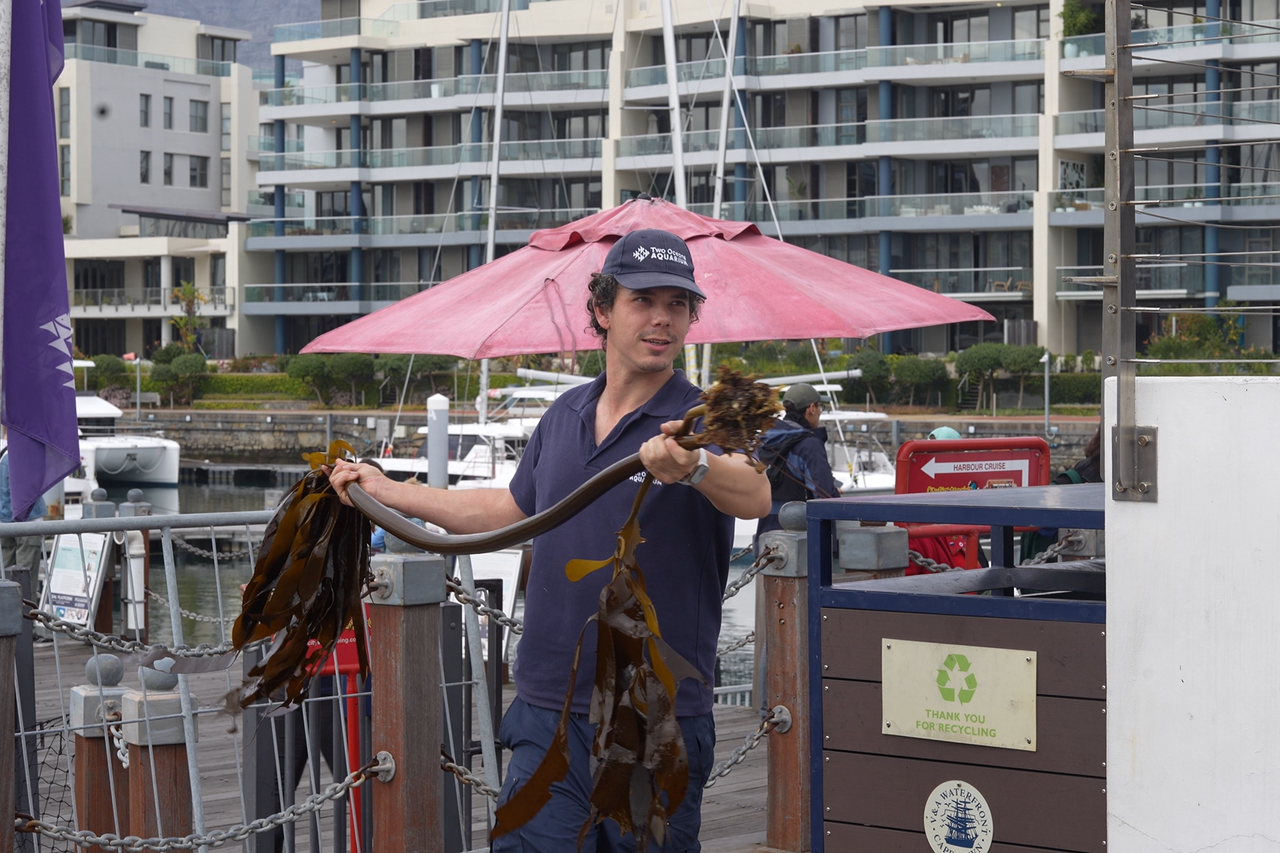
Once the Collections team has arrived back at the Two Oceans Aquarium, it is "all hands on deck" to unload the kelp - any Aquarists who are available are called on to help remove the kelp from the boat in the harbour and onto the lorry. From there, the lorry heads to the Aquarium's back entrance.
Once again, it is a team effort to place the kelp in the hoist and haul it upstairs, where Aquarists are waiting to unload it for the final time into the Kelp Forest Exhibit.
The kelp is placed in the Kelp Forest Exhibit, where it floats at the surface while another pair of Aquarists don their scuba gear and prepare to "plant" it.
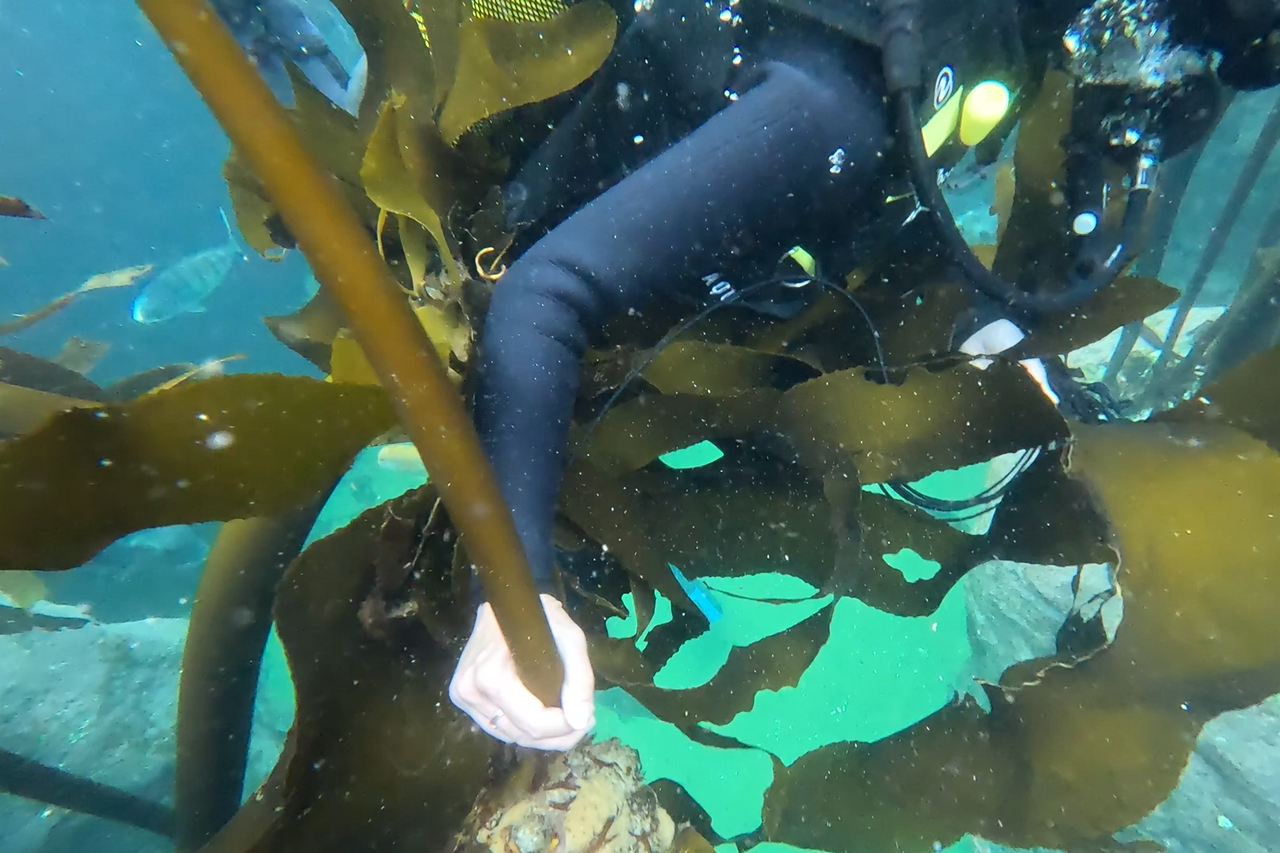
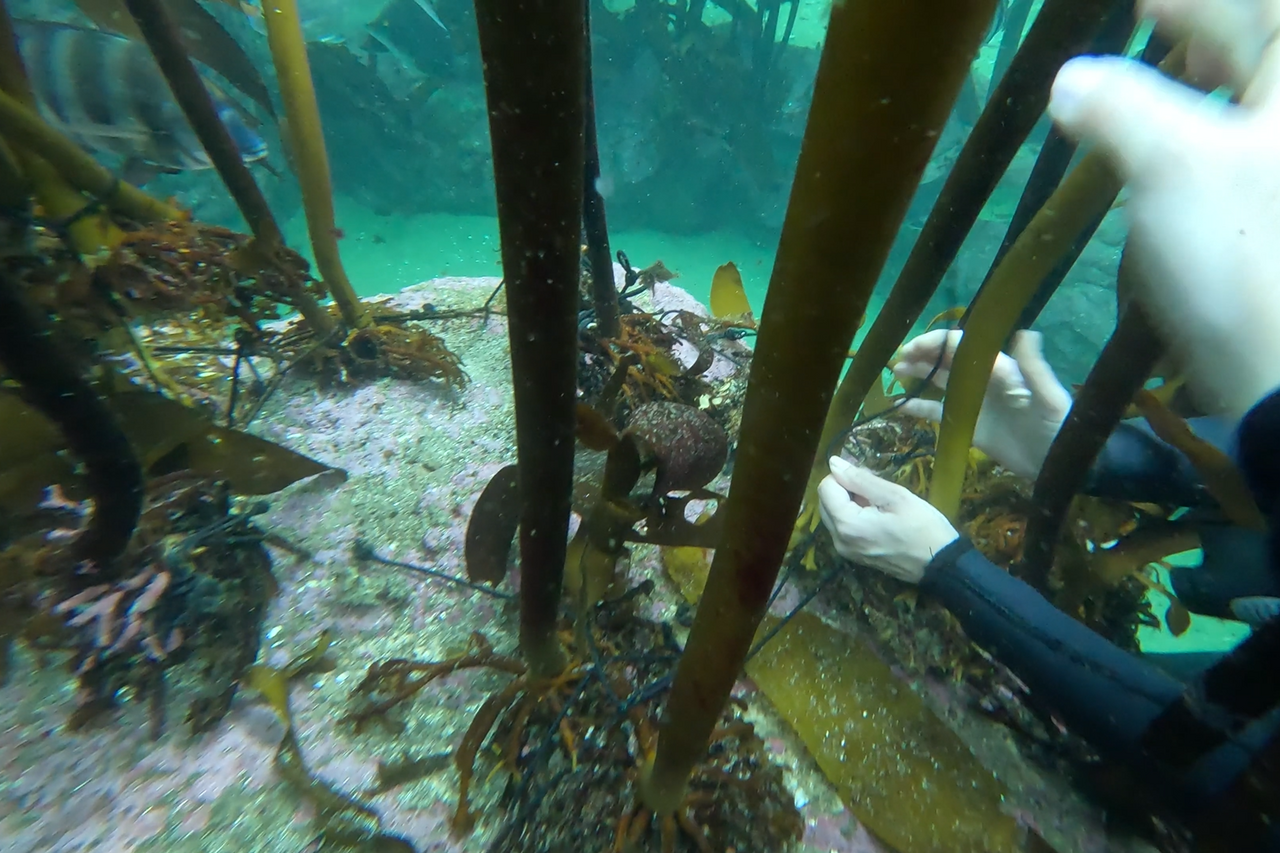
Once the divers are ready, they begin the process of tying down the kelp. Using lengths of bungee cord, they attach the kelp holdfasts to rocks in the Kelp Forest Exhibit. After a while, some pieces of kelp even begin to attach themselves to the rock!
The animals in the Kelp Forest Exhibit get super excited when the fresh kelp arrives. The new kelps' holdfasts are full of limpets, red bait, sponges, and other small organisms that provide delicious treats and stimulate the animals' wild foraging behaviours.
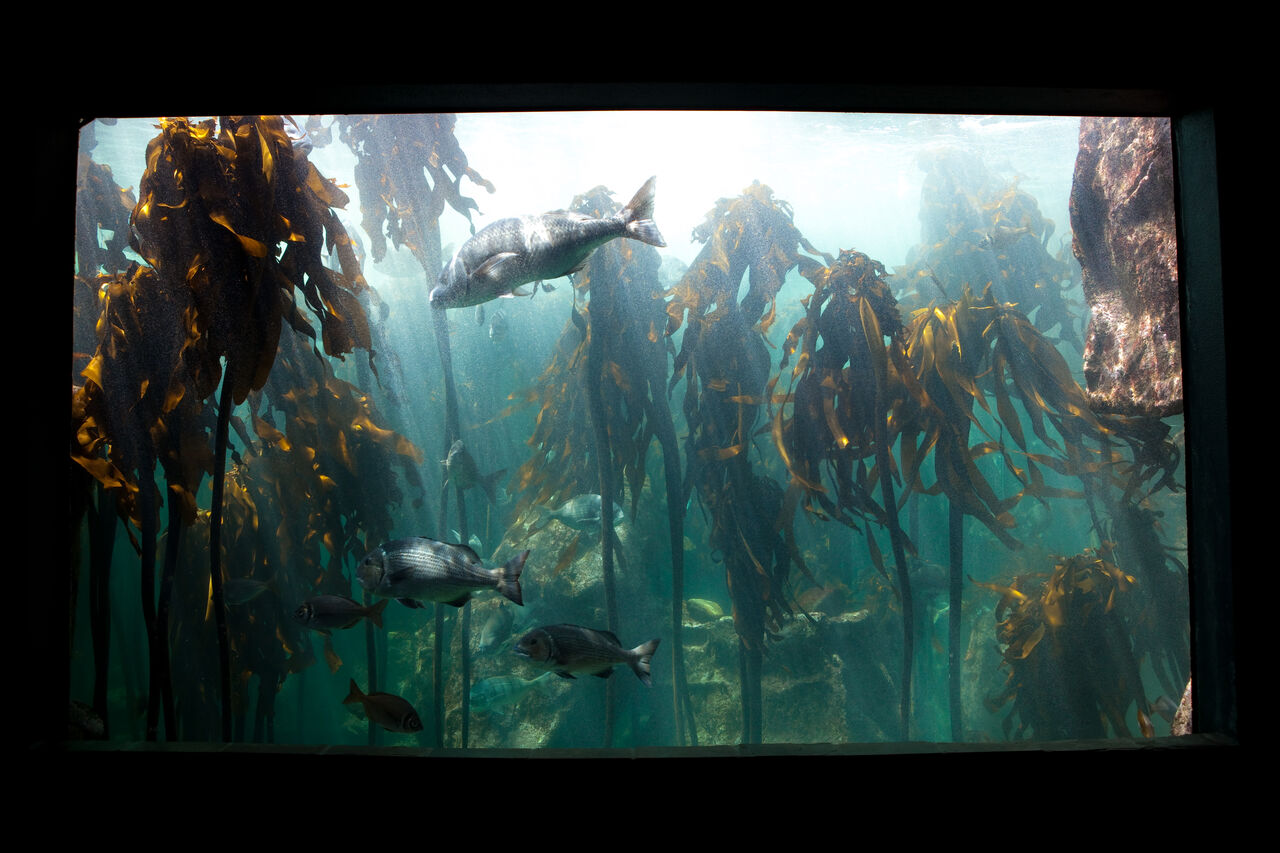
The final result of hours of hard work: The Kelp Forest Exhibit is refreshed and ready to astound visitors to the Aquarium!
Watch how the team collects kelp here:
Related News
Sign up to our Newsletter
Receive monthly news, online courses and conservation programmes.
